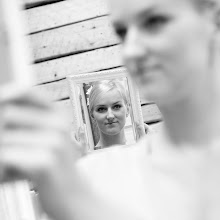I started off following information about the Design Night. The Design event in Tallinn 24-27 Srptember. I had in mind making a podcast on the program and intentions of the event. But as the assignment was to be finished by the 1st of October I felt it was a bit off-topic. So I went on thinking and kept in mind the four keywords from The Design Night: Ingenuity, Innovation, Sustainability and Recycling. It seems to me that Innovation is the term most close to our themes and topics here that I just decided to pick out some statements about it and work with them for my podcast.
Podcast
1. I chose a background track by Bonobo
2. I recorded my text about innovation. (text_originaal)
3. Edited recording
- Normalyze
- Edit clipping (3)
- Noise removal
- Compression at -18
5. Manual duck for background
6. Adding the "repeat" tracks in total two at the beginning and two at the end. Adding Change speed to "repeat 3&4"
7. Naming the tracks
8. Labeling intro, text and outro.
InnovationPodcast Maarja by maarja
Ad
1. Background is a track beginning from Bonobo again
2. Recording three times my text (ad_original)
3. Naming the tracks
4. Editing recorded tracks - silence, normalize, compression, change speed (up, down and 0)
5. A dding a sound from freesound (glass)
6. Adding one more track
AdProject Maarja by maarja
Here is the original recording of my text.
Text originaal by maarja
